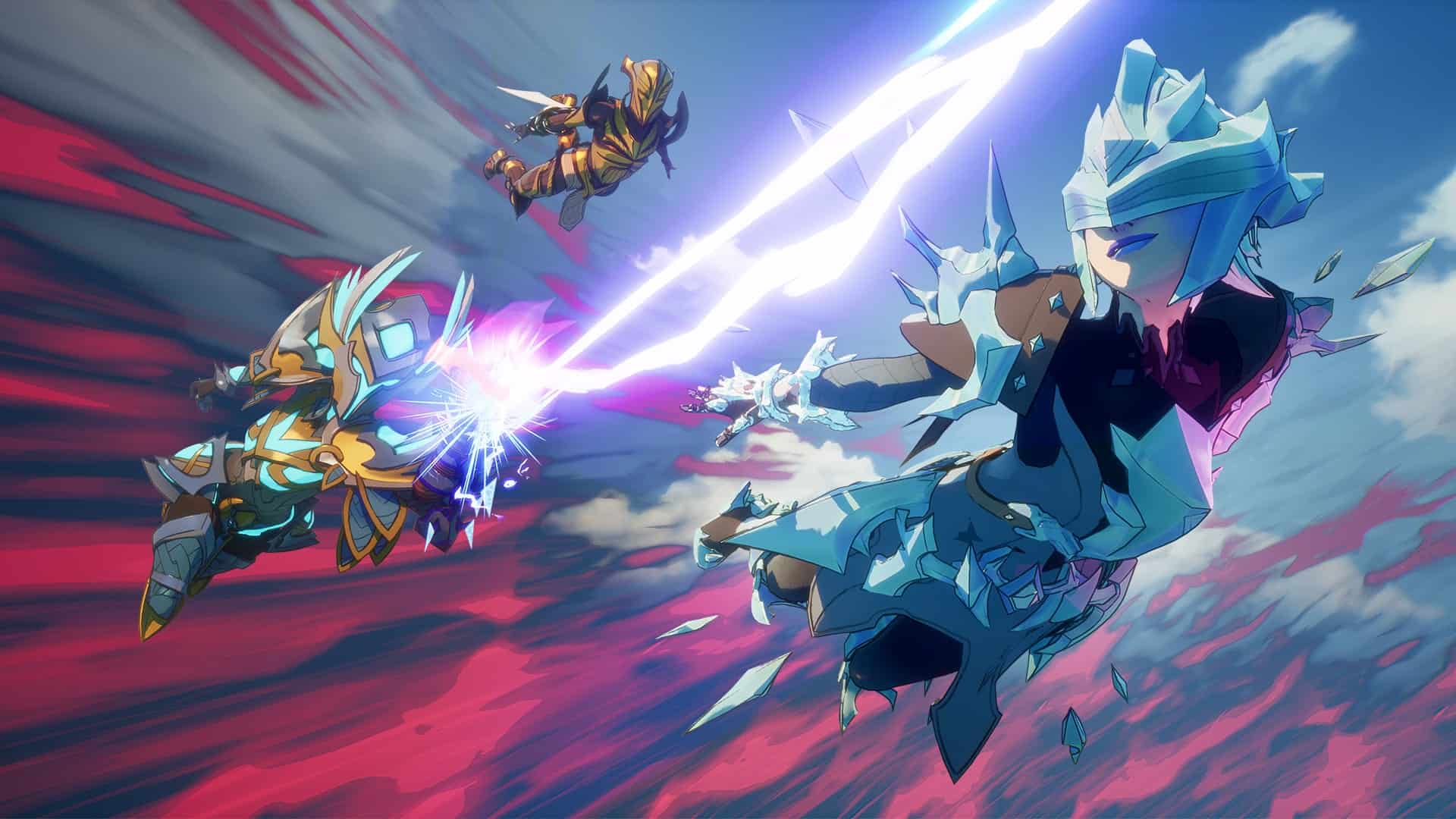


So we kind of decided to keep things fairly familiar and grounded with some more natural-looking and historical looks to balance the more explosive, wild and crazy superhero antics. Or, something like Final Fantasy where there’s a very high fantasy world where there’s a crystal glass castle floating in the air and everything. I think there were questions about how high or low the fantasy would be, meaning would it be really grounded and familiar-looking? Something like, for a better word, like Game of Thrones, which is actually filmed in real locations a lot of times and contained a historical, European look. We didn’t go for a “Wizards in New York” kind of thing. And so we wanted to build our whole look around something that already had some cultural identity around action, magic and superpowers.ĬGMagazine: And pretty early on when you were coming up with Spellbreak, was going wizarding the only concept, theme and setting that you wanted to go with? Or were there others originally in different settings that you wanted to try out?ĭamon Iannuzzelli: Once we were striving for magic combat, wizards and battle mages in the world, we wanted to keep that in a fantasy world. We prototyped all of that in about eight weeks and sort of brightened it up a bit, to make things a little bit more approachable and give it some accessibility through lighting, and to give the moodier areas an overall lighter kind of world. And so, we decided we were going to chase down those associated characters under a more painterly looking background. I think the magic combat very, very early on initially felt like it wanted to be close to having that anime kind of feel. We had about eight weeks before GDC and at that point and we just like, really quickly brainstormed what we want to do. Our Chief Game Director had gone over the entire weekend and re-prototyped the entire game into this kind of like magic shooter.Īnd so just like the way that the game played it, that sort of pivotal moment felt like it demanded a very new and different visual style than the realistic types of stuff we’ve been chasing down for most of development at that point. I actually was gone for maternity leave for about a month, and when I came back, the game had completely changed (laughs) overnight. The game also features the mysterious Hollow Realm players would be getting to know from a third-person view – something which brings together Spellbreak‘s large and open range confrontations.ĬGMagazine sat down remotely with Iannuzzelli to learn more about Spellbreak‘s influences towards a new (gun-free) BR contender, and how the game’s visual effects also shaped its world and characters.ĬGMagazine: Right when you and the team we’re coming up with Spellbreak’s art design and the concept for wizarding Battle Royale, what were some of the first visual that came to mind?ĭamon Iannuzzelli: Yeah, interestingly the game actually started as a little bit more grounded in realism. Through experimenting with different 2D effects across a 3D plane, Iannuzzelli also helped put elemental power in the hands of players as they conjure and throw out attacks. These features are also lead by Insomniac Games veteran, Proletariat Co-founder and Art Director Damon Iannuzzelli, who put on various hats across Spellbreak‘s early development. It’s trade-off also includes creating a new interpretation of massive free-for-alls between battlemages, under a unique blend of Cel-shaded VFX and detailed environments. Familiar, but welcome visuals of spell casting and medieval sorcery are rampant across Proletariat’s latest world. With household staples like Fortnite, Apex Legends, PUBG and Call of Duty Warzone, what ties each game are its use of guns in a technologically advanced setting – a pattern Spellbreak breaks through its mystical setting. that looks to add a new trick in a saturated genre. Spellbreak is the latest Battle Royale from developer Proletariat Inc.


 0 kommentar(er)
0 kommentar(er)
